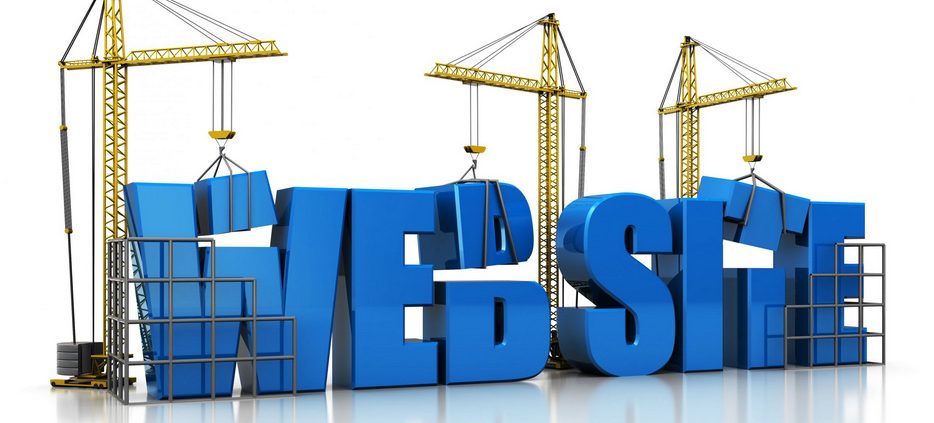How To Build Your New Website Without Breaking The Bank
Building a new website can either make or break your business. When you budget your website spending accurately, you should ideally receive an organized site with customers flowing to your products or services. However, many companies fail to plan, or even budget, their website project. As a result, your reputation and image are not properly conveyed, forcing customers to look elsewhere for their needs. You end up paying exorbitant costs just to start the site, and find that customers are flocking to competitors. For the best website startup, you need to plan for both budgets and design to reflect your business model and mission.
Content Specificity
Your website has a specific purpose. List out your business needs and desires. Don’t purchase a website with 100 pages when you only need 20. You end up paying for upkeep on other pages that aren’t even used.
Think of your content needs included on those critical pages. You need to delegate content writing to internal employees or budget for an outsourced writing company, if the content is not too specialized or confidential. For example, a business with 500 products, requiring individual descriptions, may be too overwhelming for internal writers to accomplish. Outsourcing the writing costs money, but your website will be up quickly, allowing you to generate profits earlier than planned.
Design Parameters
In this technologically-advanced world, a small business can easily create their own website using a standard template, cutting significant design costs. Website layout and images are simply clicked on and placed on the page. However, your business may need more customization than a standard template. Look at your business model, and analyze your design needs. A customized website, complete with proprietary imagery and logos, usually requires a web designer’s expertise. Hiring a web designer is much more costly than using a template. Weigh your options to evaluate customer reactions. If your logo and brand are well-known, you need to make them dominant images on your site, requiring a more customized look in the end.
Sweating The Details
Your site needs to be functional, providing you and the customers with key information and communication portals. E-commerce sites require secure connections, along with ample payment options. You may need a way to link the site with your internal server, tracking inventory instantaneously with online sales.
From contact forms to SEO content, you need to budget for site traffic control. Contact forms should be simple, even integrating spam control as visitors type in specialized characters for verification. Content on each page must be SEO optimized to drive traffic from search engines to your business. If you are not well-versed in SEO, you need to budget in an expert to make the site a success.
Hiring Your Site Specialist
Your budget and needs are in place. It is time to find a professional to make your website come to life. Ask colleagues about their website contacts and experiences. Find at least three or four designers to compare pricing and ideas. You want to meet with each designer to see their vision of your website, based on your listed needs. At times, you can find a designer that actually enhances your ideas, for a cheaper cost.
Be Mentally Prepared
Although you budgeted and planned for the site’s development, setbacks do occur. Costs may rise, and key components may not work on the page, but you will find a way to complete the project successfully. For example, don’t underestimate the power of good written content. You may find that an internal writing job is not possible. Budget for surprises, including outsourced writing, to keep your site’s projected start date on track.
Additions Are Necessary
Expensive additions that your designer suggested at first, but you declined, may need to be added as the site evolves. For example, adding customized images or another e-commerce page into the site can cost hundreds or thousands of dollars. Be ready with an emergency fund built into the budget to catch these necessities. Customers don’t want to read a web page with text blocks filling the space. They will move on to another company with a click of the mouse.
Take your time to list ideas and find the right designer for your website. Don’t be afraid to change designers, if you are not meshing well with their thought process. Inevitably, you’ll need to work with this same designer for any future website updates or changes. Even website problems, including malfunctioning e-commerce portions, need to be checked by the designer. However, a company that researches and finds the right web partner will have successful results every time. Create a realistic budget, and provide some flexibility, to make your company’s website a success. You don’t want to become a blur in the Internet world. Make a splash with a customized look and feel for continued customer visits.






